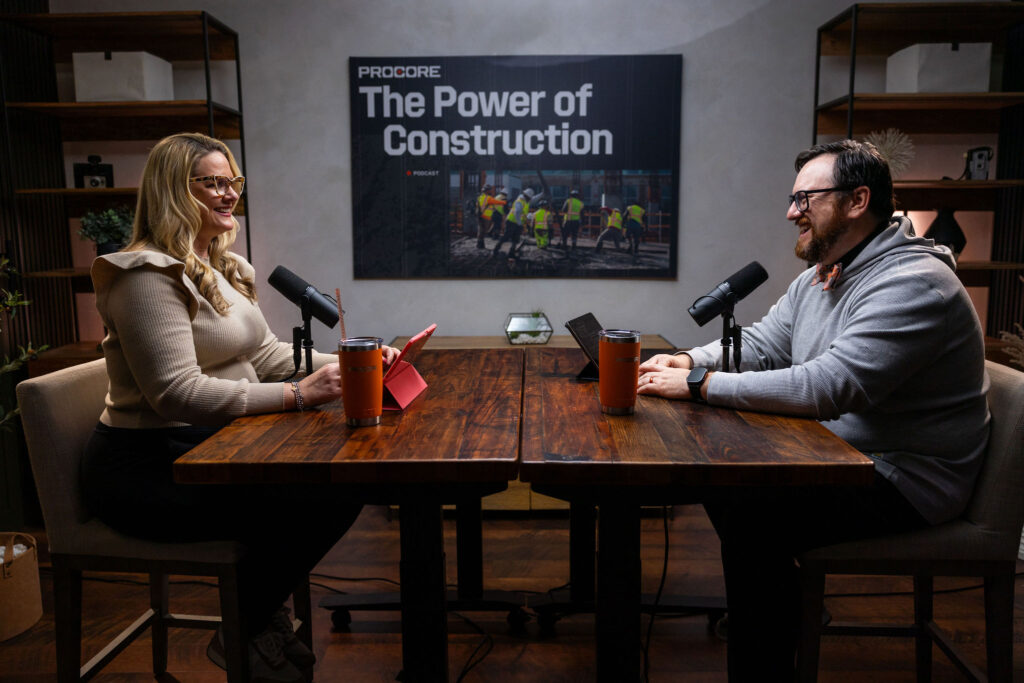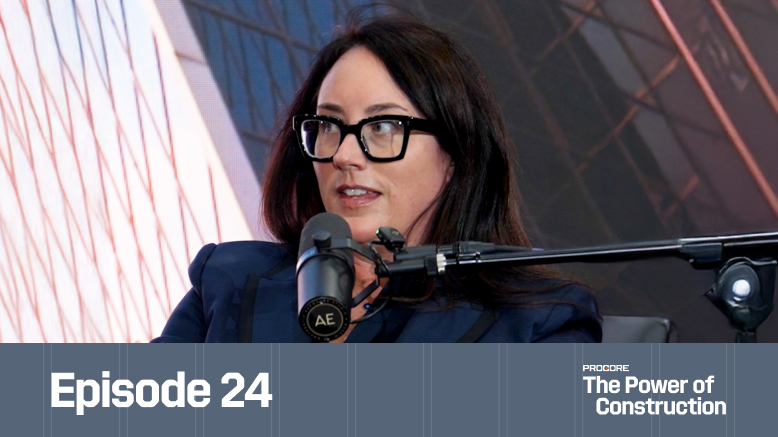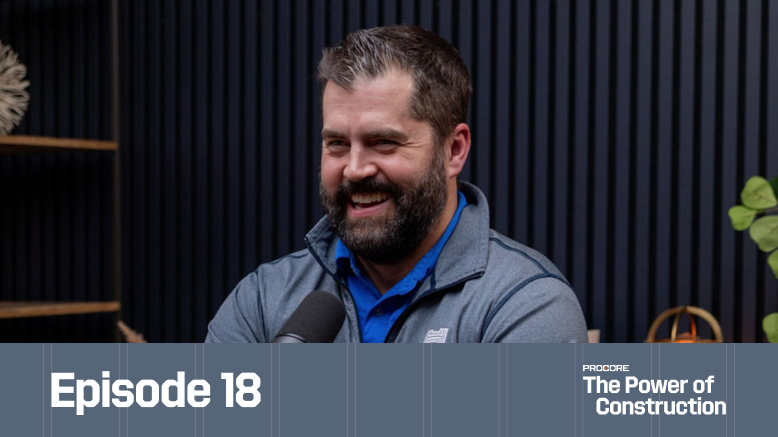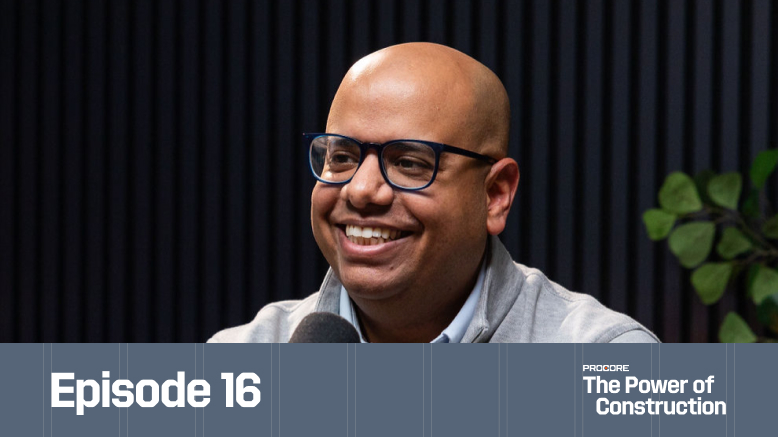The Death of BIM: Why Traditional Models Have Failed
KP Reddy opens with a controversial declaration: BIM is dead. Despite authoring a definitive guide on BIM in 2011, Reddy argues that none of the promises have materialized. "We do not have digital twins of anything," he states, explaining that while BIM provided value through 3D visualization for humans who can't visualize complex geometry, the data component—the "I" in BIM—has been largely unused.
The biggest benefit has been geometric coordination, but Reddy questions why we accept clashes in the first place, comparing it to buying a phone where the battery clashes with the lens.
AI's Revolutionary Impact on Design Processes
Reddy explains how artificial intelligence will fundamentally transform construction design. Unlike humans, AI doesn't need 3D visualization—it works with coordinate systems and mathematical relationships. "There's no reason why AI can't take a concept and create shop drawings and motion control to a robot," he argues.
The traditional design phases (conceptual, schematics, design development, construction documents) existed because of human limitations and change management costs. AI eliminates these constraints, making it possible to move directly from concept to fabrication-ready drawings.
The Industry Standards Problem
Traditional industry standards like IFC, COBie, and MasterFormat are holding back innovation, according to Reddy. "By the time they maybe even near completion, the world has changed," he observes. The alphabet soup of industry organizations (AIA, ASFE, AGC) creates standards that never get completed or become obsolete before implementation.
Each project type—data centers versus hospitals—has different requirements, making universal standards problematic. AI-powered contract generation will make traditional contract types and procurement processes obsolete.
The Owner as the Forgotten Customer
Reddy highlights a critical disconnect: owners spend billions on buildings but receive none of the transparency they'd expect from any other major purchase. "If you go buy a new car, they tell you how much it's gonna cost, when it's gonna be delivered, how many miles per gallon it gives, how much it's gonna cost to maintain. Yet if you spend a billion dollars on a building, you know none of these things."
This power dynamic between infrequent building owners and daily practitioners creates a dysfunctional relationship where owners feel beholden to vendors rather than empowered as customers.
The Integrated Owners Forum: Changing the Conversation
Through the Integrated Owners Forum, Reddy brings together owners quarterly to discuss their actual experiences and needs. The forum reveals that zero percent of owners have been asked about their buying experience—a shocking statistic that explains why traditional procurement processes persist despite satisfying no one.
The forum is launching demo days where AEC firms can showcase innovations outside procurement cycles, creating space for meaningful collaboration and knowledge transfer between different project types and markets.
The Power Dynamic Problem
Reddy compares the owner-contractor relationship to the patient-doctor dynamic, where service providers develop superiority complexes despite being hired to serve. Owners who build infrequently work with vendors who manage hundreds of active projects, creating an imbalanced relationship.
This leads to situations where design teams and contractors appear to be "in cahoots," with RFIs leading to change orders that get approved as long as they stay within contingency budgets, only requiring owner approval when budgets are exceeded.
The Return of the Master Builder
AI and robotics will enable a return to the "master builder" concept, breaking down the silos created by increasing specialization. Reddy predicts that general contractors will start self-performing work traditionally done by subcontractors, especially when robots can handle the work. "If being a drywall sub means I just buy pieces of equipment, then why do I need a sub?"
Similarly, mechanical contractors working on data centers—where 80% of the building is mechanical systems—are questioning why they remain subcontractors rather than becoming general contractors themselves.
Creative Destruction and Business Model Transformation
The construction industry will experience "creative destruction" as AI enables new business models. Companies that traditionally didn't self-perform may start doing so. Design-build becomes more accessible when AI can handle design work with minimal human oversight.
Contractors are moving into development, architects into contracting, and developers into construction—blurred lines that AI will accelerate by reducing the risk and complexity of entering adjacent markets.
Designing for Human-Robot Coexistence
Reddy predicts that within five years, every building will have robots, requiring fundamental changes in design. "Are we designing buildings for both humans and robots to coexist?" he asks. This includes infrastructure considerations like charging stations and specialized transportation systems (robot-only elevators), as well as feedback loops where robots inform designers about buildability.
The goal is "design for manufacture" methodology where concepts automatically generate shop drawings and machine instructions.
The Future of Work and Human Creativity
Rather than eliminating human roles, AI will free people from "salt mine work"—timesheets, coordination, and repetitive tasks that aren't why people entered the industry. This creates space for designers to focus on creativity and community engagement.
"If you're building a school in a neighborhood and you're not spending a thousand hours talking to students and parents, how do you even begin to design a school for that neighborhood?" The technology enables more time for meaningful human interaction and custom solutions.
Generation Z and the Meritocracy Imperative
Reddy identifies a crucial disconnect between traditional construction culture and incoming talent. Generation Z grew up with leaderboards in video games where advancement was based on skill, not relationships or tenure. "You didn't get to be the owner's kid or grandkid to get to the top of the leaderboard—you had to earn it."
This generation expects meritocracy, not longevity-based promotion systems, and will reject organizations that prioritize family connections over performance.
From Monoliths to Intangibles
As AI handles more analytical and process-oriented work, companies must shift focus from operational metrics to intangible assets like brand, culture, and mission. Traditional KPI-driven optimization creates "value stocks" that struggle to grow beyond efficiency gains.
Future success requires becoming companies that clients choose not based on price but because "it makes people feel good" to work with them. This parallels how consumers choose iPhones despite technical alternatives—the complete experience matters more than specifications.
Rapid-Fire Q&A with KP Reddy
Book Recommendation: Abundance by Peter Diamandis—excellent for understanding innovation thinking
Sources for Different Perspectives: His kids and their friends
Advice to Younger Self: "Start finding a good fight earlier. Conformity is not your friend"
Innovation Shaping Construction's Future: Computer vision—cameras are everywhere and getting better at analysis
Industry Tagline: "Construction shapes society, society does not shape construction"—we build things of permanence










